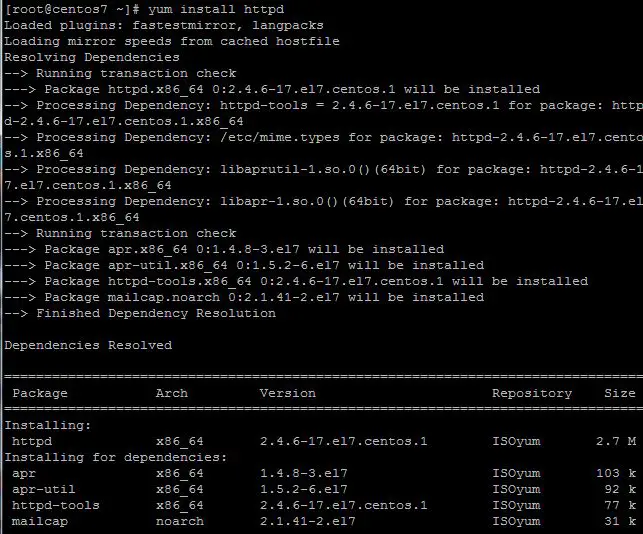


This option will list both installed and available packages. You can also use the below command to find multiple packages at once: -rpm -qa grep -e mysql -e jre -e jdk -i. Yum list’s packages as well as refine your list with a package specification of any of the package’s name, arch, version, release, epoch. Yum list command lists package(s) in any repository enabled, packages installed, packages available for installation for the system. Yum command has different options for performing different type of package administration, few of the major commands are discussed here. You can use the search command of YUM for searching packages. Yum clean, is cache option will help in managing the disk space at regular intervals on the system. rpm -ql packagename Discover which package an installed file belongs. Yum can also be used python programs via its module interface. yum info packagename List the contents of a package. Start a terminal session and enter the following command as root: Oracle Linux 7 Copy yum install oracle-database-preinstall-19c Note: Use the -y option if you want yum to skip the package confirmation prompt. Yum has a plugin interface for adding simple features. You can also utilize yum to install a group of packages, one of such group is “Development Tools”. The rightmost column in the output lists the repository from which the package was retrieved. One of the main features, it automatically identifies dependencies and ensures as to what packages needs to be installed to complete requested package installation. yum list installed Lists all packages installed on your system. It is an automatic updater and package installer/remover for rpm system(s).

The purpose of this guide is to know the usage of YUM (Yellowdog updater modified).


 0 kommentar(er)
0 kommentar(er)
